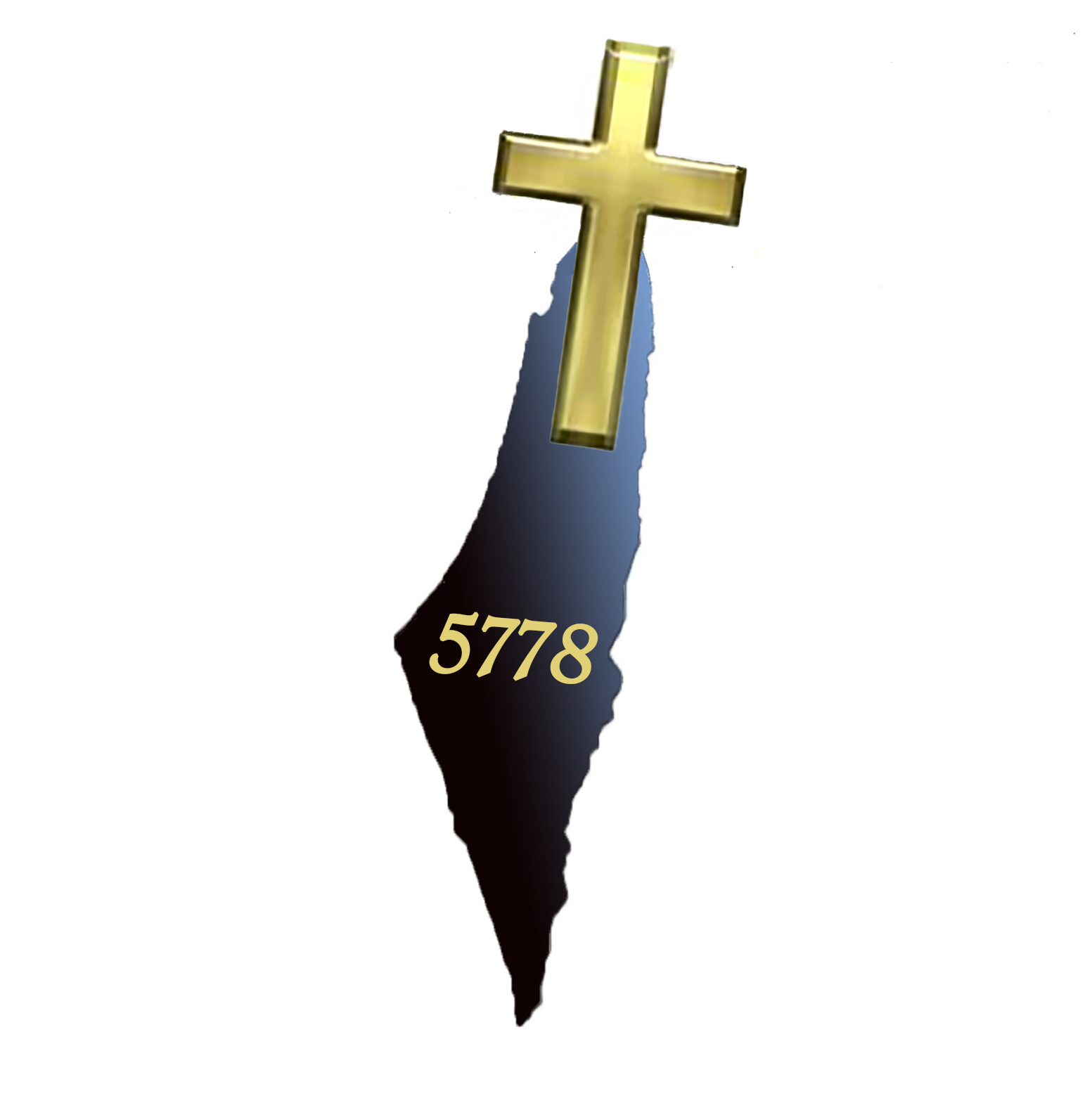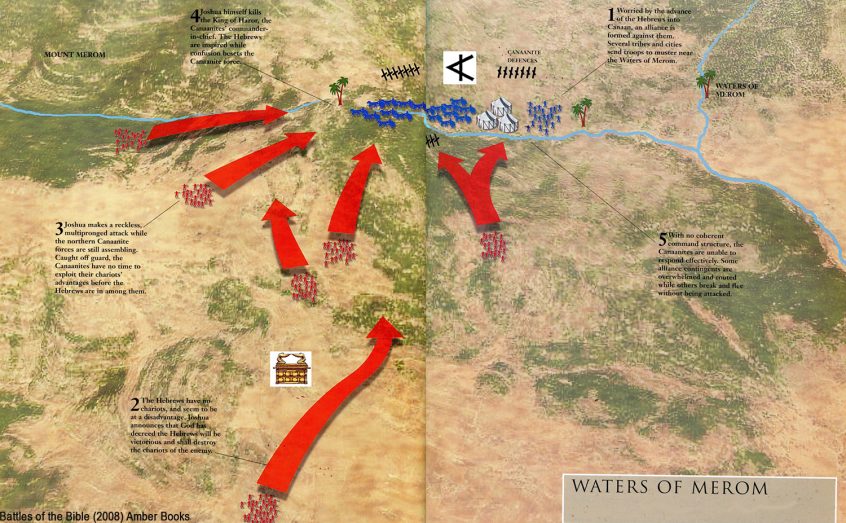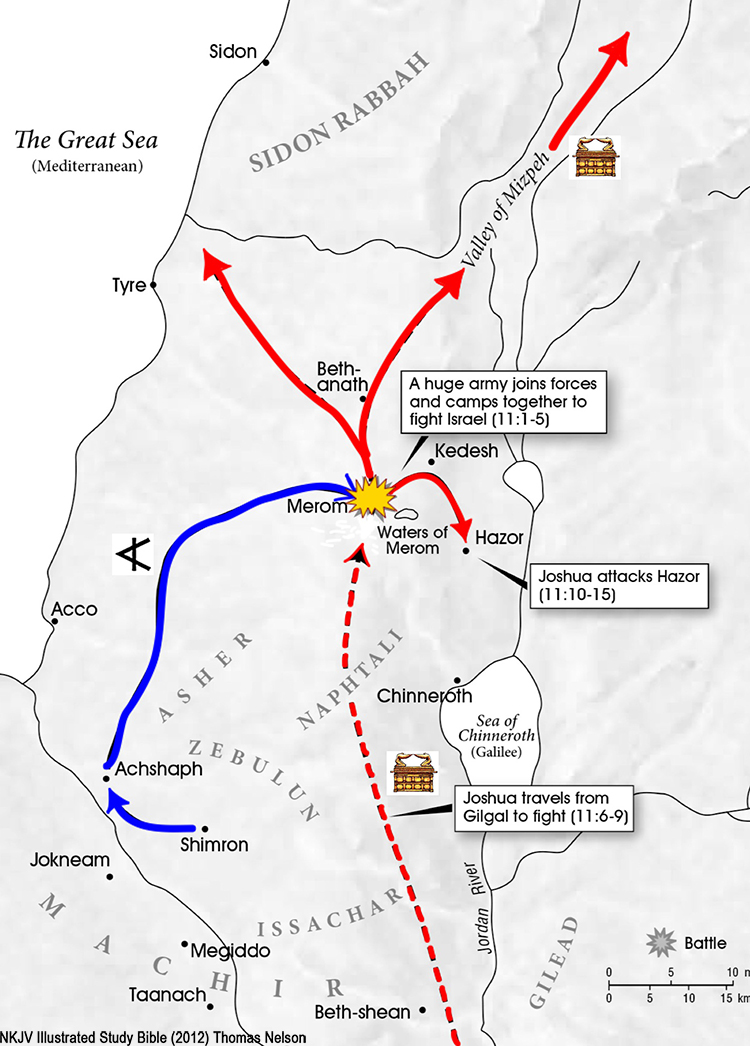Bible Battle #14 – C. 1405 BC
Battle of Waters of Merom is a classic case of striking the enemy before he strikes at you. This Bible battle will show you the 5 options you have when your country is invaded. In the Invasion of Canaan’s Northern Campaign, Joshua found himself against a coalition of Northern Kings including King Jabin of Hazor with a gigantic force of chariots. The only way to beat them was to execute a preemptive. Today we see Russia, Turkey, Iran and Syria similarly poised to attack Israel’s northern borders.
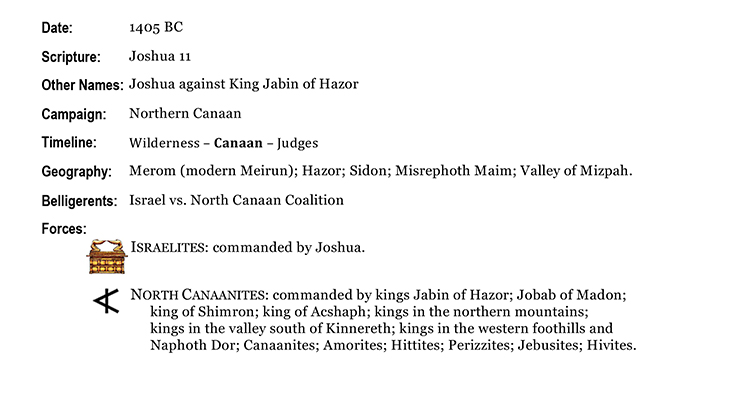
 ANCIENT HISTORY before the Battle of Waters of Merom
ANCIENT HISTORY before the Battle of Waters of Merom
Events in History – HEBREWS, and HYKSOS in ANCIENT EGYPT
The Hebrews were in Egypt’s bondage for 400 years. The initial, most crucial phase of the invasion of Canaan took place in a remarkably short period. As so often is the case the unfolding of God-ordained events, this was a perfect time in history for that.
The Egyptians had taken over the territory left behind by once strong Hyksos but were spread too thin to defend it; what was left were the pagan tribes.
Many of these were antagonistic, but others were allies. These were the ones that had not followed Jacob into Egypt five centuries earlier and were now like long lost cousins to the returning tribes of Israel.
The Army of God – CURTAIN OPENS on NORTHERN CANAAN CAMPAIGN
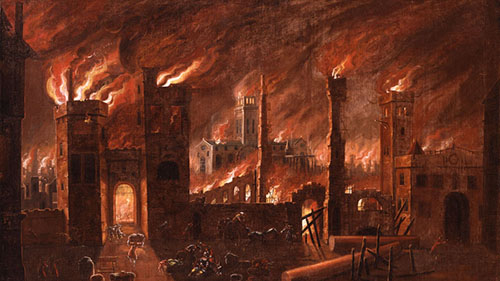
After the conclusion of the invasion of Canaan central campaign and southern campaign, the narrative moves to the north. The Canaan Northern Campaign was in the Galilean region covered by green hills and forests. Hazor was the centre of gravity in the North and the grandest Canaanite city. Its king, Jabin, sent messages to the surrounding kings and Canaanite warriors to gather against the Hebrews. It is interesting to note how Israel’s adversaries had not learned from the recent events, for Joshua had just annihilated a powerful coalition sent against them. Scripture tells us King Jabin’s commitment to war in Canaan was precisely as a consequence of what he heard. We see, in hindsight, that Jabin could not afford to do anything different.
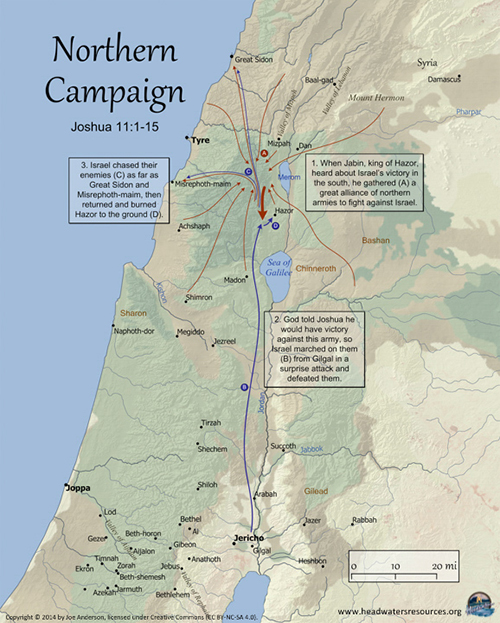
Military Strategy – OPTIONS for the INVADED
The strategic options available in this episode are invariably present in other historical clashes throughout the centuries of ancient warfare. For this reason, a greater focus on them at this junction is beneficial to the reader.
What were Jabin’s options? Jabin’s actions could have been a result of him being privy to the word God spoke to the Hebrews or it may have merely have been good military strategy grounded on what he observed from his enemy’s record of the war in Canaan. Either way, the fact was that the Hebrews were set to take the land. Hazor could either:
(a) Flee from their area and relinquish it to the invader, in which case they would lose it.
To flee is prohibitive for some reasons. Although they can save the population, the integrity of the government cannot hope to survive this move. Moreover, where does a nation flee to? Who would take them in short of having to invade another land? War across another frontier is at best equally challenging as defending one’s territory against invasion. Moving to another country, even if not resulting in war, still requires an elaborate logistical setup which is not practicable in such a short period.
(b) Wait in the confines of their land for the inevitable attack and hope for the best.
Naturally, the option requiring the least amount of effort. It was a matter of strengthening defences, fitting weapons and storing supplies (in the event of a siege). In defence one could hope to hold on indefinitely, waiting for a rescue from outside (from other armies or allies), to craftily strike at the enemy’s rear and cut off his supplies or for the enemy to run out of strength and give up. In any case, it usually buys time – the live to fight another day plan – rather than utterly destroy the threat.
(c) Gather a coalition or alliance into the best fighting force possible.
A course taken by many leaders, weak and strong, by Poland in the 1930s of Napoleon in the 1810s. It has its advantages and disadvantages. On the one hand, one is strengthened even to the point that sometimes the allies will do the entire fighting for him. On another hand, there are commitments to the alliance – payment for protection – which may not be beneficial to the state in the long run.
(d) Preemptive attack.
This is perhaps, particularly in antiquity, the greatest of dilemmas. Ever since the folly of stalemate in World War I, and the success of Hitler’s Blitzkrieg in World War II, the attack seems to be the obvious move for a commander. However, striking the enemy was not so obvious a choice in ancient warfare as it is to modern armies. Particularly in ancient times, the option to stay put within fortresses was attractive in many ways. To go out to strike an enemy instead of waiting for him required, almost always, the element of surprise to be successful. The risk of failure while on the move often outweighed its yield. It was usually a case of one chance for victory. One thing is sure, when successful, this proves the best (if not only) chance to overwhelm and utterly destroy the enemy in one decisive blow.
Jabin chose to both attack and took on help. He obviously feared Joshua’s force enough to wisely opt to put some iron in his glove.
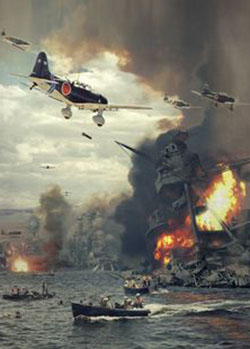
 NOTHING NEW UNDER THE SUN
NOTHING NEW UNDER THE SUN
One of the reasons the Empire of Japan trip to conduct a surprise attack on the United States was because they knew that if they let their adversary bring the war to their shores, they would be finished. The US was 15 times stronger than Japan. The attack on Pearl Harbour and its subsequent sequel on Midway six months later were the two failed attempts by Japan to destroy American offensive power in the Pacific completely.
(e) Join the enemy and be wholly absorbed into their culture.
This was an option what used, particularly in older times (although it was not one prescribed by God to the Canaanites). Indeed, the governments of the losing side would cease to exert power over its population, but the people would survive by absorption into the fabric of the victor. This was done by the Hittites, Greeks and Romans to name the most prominent empires. As we see in the case of Judaea at the time of Christ, the Romans allowed local kings and Jewish religious leaders to remain presiding over their people. In some cases, like the Hittites, the conditions in captivity for economically better than in their freedom for invasion.
 NOTHING NEW UNDER THE SUN
NOTHING NEW UNDER THE SUN
In 1815, one year after a coalition against him had defeated Napoleon he escaped captivity, invaded Europe and was on the march again to consolidate power in, perhaps, the most pronounced comeback in history. Like Jabin, the Duke of Wellington did not lose any time setting up the Seventh Coalition composed of 6 countries including Prussia and Holland against France which culminated in the Battle of Waterloo.
 CONFLICT BACKGROUND leading to the Battle of Waters of Merom
CONFLICT BACKGROUND leading to the Battle of Waters of Merom
War History – CANAANITE CHESS
Coalition troops moved to the Waters of Merom. This was an area at just the right altitude for the cultivation of olives, a product of millennial importance. The main reason the enemy chose that ground was that Merom was the natural junction between several routes of communication in northern Galilee, therefore being an ideal zone to assemble the vast force in the field.
By its 360 degree disposition, this also had the enormous strategic advantage of allowing one or more contingents to strike in any direction necessary – sort of like a queen on a chess board.
Defense against such a well laid out force, under these circumstances, would have been disastrous and should Joshua have been less aggressive in this theatre his army would surely have disappeared of the map and the Jewish people off to some obscure footnote of history.
You need only to be still – SAND ON THE SEASHORE
Considering that Scripture points to approximately ten kingdoms and six independent peoples from that region of the Levant, this was undoubtedly the tremendous force hurled against the Hebrews to date; hence the hyperbolic ” as numerous as the sand on the seashore” description. This army group gathered at the Waters of Merom, an area around present-day Lake Merom in the Hula Valley. This was fertile spacious land for the fighting hordes.
Aside from the sheer number of their foes, Israel had to contend, for the first time, with a new deadly weapon: iron chariots on open ground. Until now Israel had been fighting (and winning) its battles on mountainous terrain mostly against local semi-isolated dwellers. Facing professional armies with state-of-the-art weaponry was not what Joshua had signed up for in the natural. His faith was stretched again just like in the Battle of Jericho.
Note that “sand of the sea” is also the description of the number of those who will march against Jesus in Jerusalem in the Millennial reign (Revelation 20:8).
Terror of Ancient Warfare – THE IRON CHARIOT
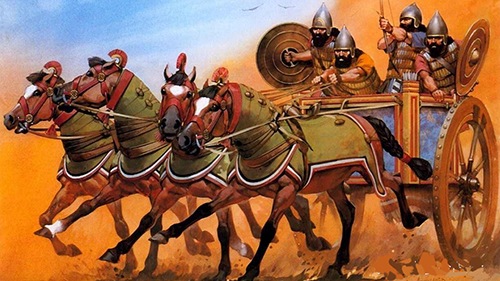
This Bible battle account set in the 15th Century BC strikingly reports the Canaanites deploying iron chariots. Conventional history (adapted to the New Chronology) relays the introduction of this horrific weapon in Canaan by the Hittites in the 12th Century BC or even earlier in Egypt by the Hyksos in the 14th Century BC. There is no reason why (a) the Bible cannot be a credible source or (b) why both sources cannot be right. In fact, if the Israelites destroyed and routed the Canaanite iron chariots then the Hittites could have come later and reintroduced them. We must guard against the practice of needing corroborative evidence to accept Scripture. Preferably, after studying history and Scripture, I find that using the latter to prove the former to be the sounder practice.
Iron chariots function like today’s armoured vehicles which combined shock power with firepower. These iron chariots mounted fighters with bows and javelin. Their crews were made up of Marianu, an elite Canaanite group who spent dedicated time in training specifically for war in Canaan. One of the reasons the Israelites like to fight tonight was so they could not be attacked by iron chariots.
The horses during this period were small but strong enough to pull the Canaanite iron chariots which were light and fragile in comparison to the Syrian chariot centuries later. Nevertheless, they were an excellent weapon of lightning attack able to deploy quickly at any point they were needed and, unlike infantry, retreat with greater ease. They could, therefore, deliver damage with lesser risk to their fighters.
The Hebrews were not a total disadvantage. By this time, along with their reputation, the Hebrews had probably built up their arsenal with the weapons of the former vanquished. Their capability may well have been on par with their enemy.
Ancient Warfare – CANAANITE FORTRESS CITIES
This Bible battle account mentions some Canaanite cities most of which were superbly fortified. An additional wall called a “glacis”, which would slope down towards a moat, served to reinforce further an already strong city wall made of rock. The glacis was made up of layers of pounded earth, clay and gravel coated with plaster. Its angle was perfect to repel cavalry as well as siege engines such as battering rams. Hazor is the best example of this defence method.
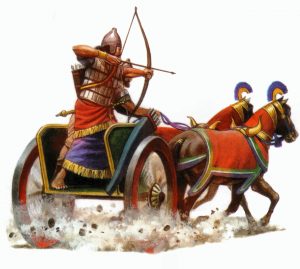 MILITARY HISTORY of the Battle of Waters of Merom
MILITARY HISTORY of the Battle of Waters of Merom
(1) The enemy coalition arrives at the Waters of Merom.
(2) The Hebrews setup headquarters in Gilgal, as usual. We do not know when they moved out to meet their enemy, but we assume it was by their habitual stealth, for the account describes them taking the enemy by surprise.
(3) Joshua set the army positioned to execute a pincer movement against it. Joshua intercepted the enemy at the narrow pass in the Merom brook where the iron chariots lay unprepared. The Canaanites could not deploy the iron chariots that had been positioned close to water for the benefit of the horses. Surprise and speed were both crucial. The Israelites charged down the slopes and attacked. The parked iron chariots served as obstacles to their own troops and the unsaddled horses 1 Panicked, adding to the confusion.
 NOTHING NEW UNDER THE SUN
NOTHING NEW UNDER THE SUN
In 1940, the robust Italian Army came to a humiliating temporary defeat at the hands of much weaker, less numerous Greek soldiers who also lacked the some of the sophisticated weapons of the Fascists. It was by surprising the Italians in the mountain passes and attacking them in stealth that the Hellenic Army was able to stop the enemy, as the Hebrews at Merom.
(4) The Canaanites retreated but were cut off at Hazor, left with only the North to flee to.
As in previous Bible battles, the enemy scattered and fled in confusion. Israel pursued them to Greater Sidon, Misrephoth Maim, and then to the Valley of Mizpah on the east.
Joshua eliminated the enemy’s offensive capability by burning their iron chariots. He further assured security in the land by:
(a) Razing Hazor to the ground; reducing the enemy’s centre of power;
(b) Killing King Jabin;
(c) Massacring the population.
(d) Plundering the cattle from the towns; thus securing supplies for them.
(5) With the taking of that cardinal territory, it was now Joshua who placed his queen to check-mate the Canaanites.
During the days following their decisive victory at Merom, the newly regrouped and reinforced Israelite force branched out in spider-like fashion from the Hazor hub to occupy the entire north along the Valley of Lebanon.
The war in Canaan with the remaining kings lasted for a while. They resisted tenaciously but this in itself was part of God’s holy war plan. God made the Canaanite hearts hard; this made them resolved to endure the Israelite occupation fanatically. Consequently, the Army of God had a clear, defined and present enemy to defeat that they remained bent on utterly exterminating.
This was the time to deal with an old enemy: the Anakim. Joshua expunged them from Hebron, Debir and Anab but left the few that resided in Gaza, Gath, and Ashdod.
God had assured the Israelites that victory would be theirs. So trusting were they in this that it transferred to their attack, which became so ferocious that the enemy broke ranks and fled. Joshua continued pursuit until the enemy’s final destruction at Mizpeh.
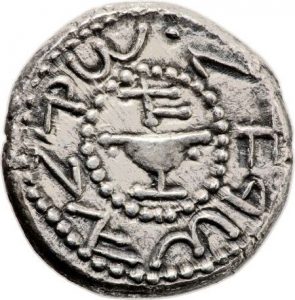 BIBLE HISTORY AFTERMATH of the Battle of Waters of Merom
BIBLE HISTORY AFTERMATH of the Battle of Waters of Merom
I make your enemies a footstool for your feet – JOSHUA’S VICTORIES
One of the reasons that the coalition might have failed militarily was because it was under regents commanding their armies as equals. There has to be a supreme commander for plans to be devised and efficiently executed. Scripture shows no evidence of a head commander.
King Jabin would only be utterly defeated a few years later during the time of Judge Deborah.
Joshua’s four great victories at the Battle of Jericho, the Battle of Ai, the Battle of Gibeon and this Battle of Waters of Merom asserted the fall of the principal strategic part of the land of Canaan into the hands of the Hebrews.
The Army of God – ISRAEL’S NEW CAVALRY
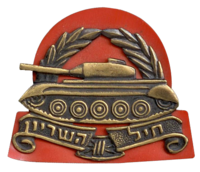
A decisive result of this Bible battle was that Israel gained a new military force: a cavalry. Although God had instructed them to hamstring the animals, it is reasonable to assume that they would have kept a specific number for their future farm work.
Not so with the iron chariots. These were burned in their entirety, most likely because the chariot was sophisticated which required specific training outside of Israel’s ability at that time 2 Also, the Israelites were not proficient at working metal in this at this time. Chariots needed moving metal pieces, and the Israelites could not do the necessary repairs. 3
History of the Bible – OCCUPATION of CANAAN
The narrative quickly transitions go from this specific Bible battle description to a grand strategic report on the entire war in Canaan with passing mention of the Bible battles therein. It gives an account of the vast territory that Joshua occupied: from Mount Halak at Seir in the south to Baal Gad and Mount Hermon in the centre. The Israelite forces are also mentioned to be holding the southern desert, all of Goshen and the foothills, Arabah Valley. The Israelites had already passed by some of these places before, but now it is stressed that they took possession of them.
After one of the most intense bellicose periods in their history, Israel was able to rest at last and enjoy their God-given inheritance. It did not have to be this way. They could have been here a lot sooner, 40 years earlier, and with less loss of life. Nevertheless, the people were, at this junction, fulfilling God’s will at last.
Israel’s commitment to higher ground was more than protection against Canaanite iron chariots. In fact, by staying out of the northeast-southwest axis called the Via Maris, Israel stayed out of the traditional invasion route of the warring powers such as Egypt, Syria and Hatti that would use it to advance and retreat during their see-saw ancient battles.
Urgent End Times report – Are we close to the last war?
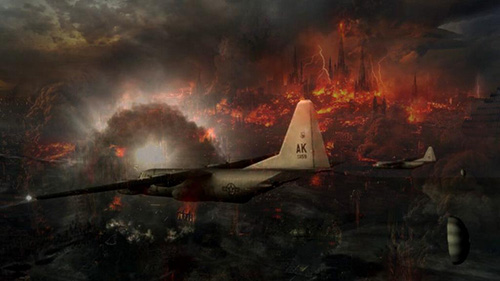
The similarities between what is taking place in 2018 with what took place in the Battle of the Waters of Merom is uncanny. For this reason we are addressing current events before going in to the report on the Waters of Merom.
Middle East Headlines parallel with the Battle of Waters of Merom
Today, in 2018, the northern powers are again attacking Israel as they did in the battle of the Waters of Merom three and a half thousand years ago. Russia, Iran, Turkey, Lebanon, Syria and even North Korea are right now, as you read this, involved (to a greater and lesser degree) in probing Israel’s defences. As we have seen with the Iranian drone incursion at the beginning of the year, their weapons are literally crossing the border into Israel. An Israeli jet was downed recently; rockets continue to land in Northern Israel. Things are slowly escalating. While in 2018 we may not see massive armies numbering as the sands on the seashore or massed cavalry (today in the form of tanks), there is war nevertheless. Indeed there are rumours of wars and, if the conflict begins and escalates to nuclear exchanges, the death toll will be higher than ever.
Israel may attack first
From the military strategy standpoint, Israel may have no choice but to do a preemptive strike at these great powers; this is what happened at Waters of Merom. Prime minister Benjamin Netanyahu has stated, on numerous occasions that if Iran doesn’t stop it, Israel will make them stop it.
Such level of tension has not been seen in Syria since 2011 at the start of the Civil War and in Lebanon since 1982 at the beginning of the Lebanese war.
Russia pulling the strings; Gog? Magog?
Syria does not act on its own. Russia’s gave them the green light to attack the Israeli fighter.
Russia wants the spoils of a future war (Ezekiel 38). There may be oil in the sea by Lebanon which Russia wants access to, and Israel itself has natural gas.
Iran, on the other hand, needs destruction of Israel for their Mahdi to appear and fulfill their prophecy.
Damascus and Isaiah 17 End Times Prophecy
Damascus must be uninhabitable for the Bible prophecy to take place (Isaiah 17). Although it is quite destroyed, people still live there. Maybe this means a nuclear attack.
Maybe Iran and Russia will attack Israel and Israel will retaliate against Damascus. Maybe Israel will invade Syria preemptively, take Damascus and then Russia and Syria attack it.
What is taking place now corresponds with much of what the Bible says will happen at the last trumpet.
[To find out more view J D Farag’s Middle East Prophecy Update for Feb 11]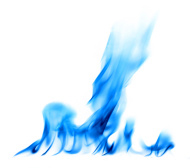 SPIRITUAL WARFARE in the Battle of Waters of Merom
SPIRITUAL WARFARE in the Battle of Waters of Merom
History Repeating – SHIFTING SANDS
After Abraham had agreed to sacrifice Isaac (which God interrupted) God was pleased because of his faith. For that, an angel appeared and promised to bless him.
Genesis 22:17-18 [17] That in blessing I will bless thee, and in multiplying I will multiply thy seed as the stars of the heaven, and as the sand which is upon the sea shore; and thy seed shall possess the gate of his enemies; [18] And in thy seed shall all the nations of the earth be blessed; because thou hast obeyed my voice.
Abraham was not afraid to give his son. He had stood fast and shrunk away from fear. Now Joshua had to hold fast and not be fearful as his enemies gathered like the sand on the seashore. If Joshua obeyed God’s voice he would be victorious, and the sand of Abraham’s seed would replace the sand of wickedness in that area, and the future of God’s people would be assured; provided they remained in righteousness.
God Will Fight for You – GOD’S TEFLON
Deuteronomy 28:7 The Lord shall cause thine enemies that rise up against thee to be smitten before thy face: they shall come out against thee one way, and flee before thee seven ways.
We can use this passage for any number of applications, and Christians cans stand on its promise. In this Bible battle, we see a clear illustration of that declaration.
History Timeline – REST FROM WAR
The Hebrew word for “rest” (shaqat) means “to be at peace”. This is why when Scripture mentions that the land rested from war in Canaan (Joshua 11:23) it has a special meaning. The ground was effectively at peace. One of the things that believers and unbelievers alike struggle with today is lack of rest. Today life is ever more hectic than in ancient history, despite technology and modernity. People work eight days a week and sometimes two or more jobs. They are not at rest; they are not at peace. Rest takes faith. Sometimes you are overwhelmed by the world, but God intended, from the very beginning, to give us a day of rest for every six days of work. When people work non stop without taking a full day off their regular work life becomes toilsome and spiritually clouded.
In Joshua’s time, this rest meant it was time to rest from the wandering in the wilderness and the fighting in the invasion of Canaan. Today we should rest from wondering in our careers and fighting our real or imagined competition. Not resting is much more grave than it seems. It means you’re not trusting that God has your back and will provide for you. It says you think your work is needed to cover your needs. Learning to rest is going into a more in-depth fellowship with God, and it is priceless. He has plans to prosper us if we seek him and trust him.
Jeremiah 29:11 For I know the thoughts that I think toward you, says the Lord, thoughts of peace and not of evil, to give you a future and a hope. 12 Then you will call upon Me and go and pray to Me, and I will listen to you. 13 And you will seek Me and find Me, when you search for Me with all your heart.
 BIBLE BATTLE on LOCATION around the Battle of Waters of Merom
BIBLE BATTLE on LOCATION around the Battle of Waters of Merom
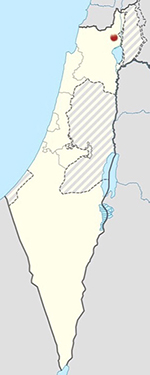

LAKE MEROM IN HULA VALLEY
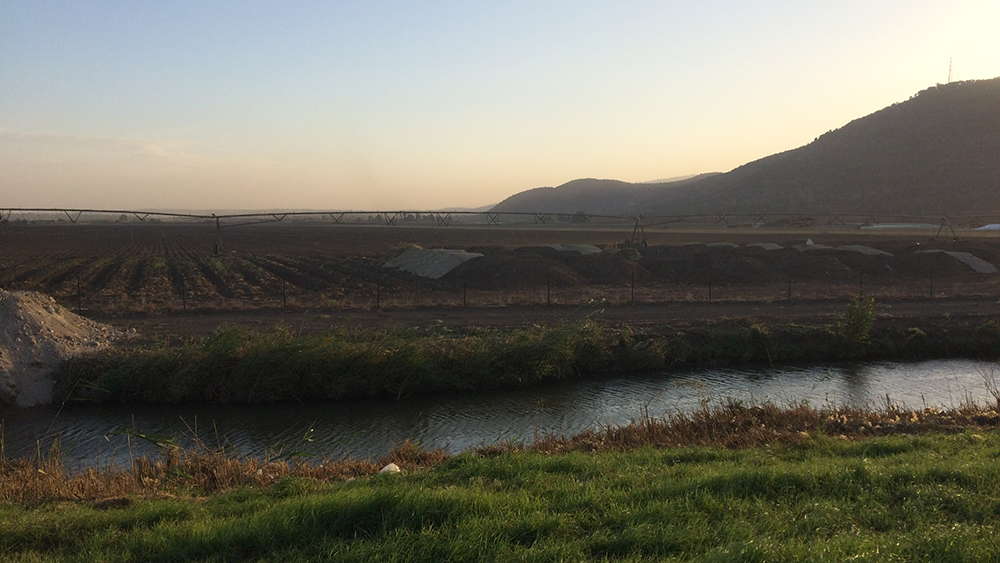
DOWN IN HULA VALLEY; AREA WHERE THE ARMIES GATHERED.
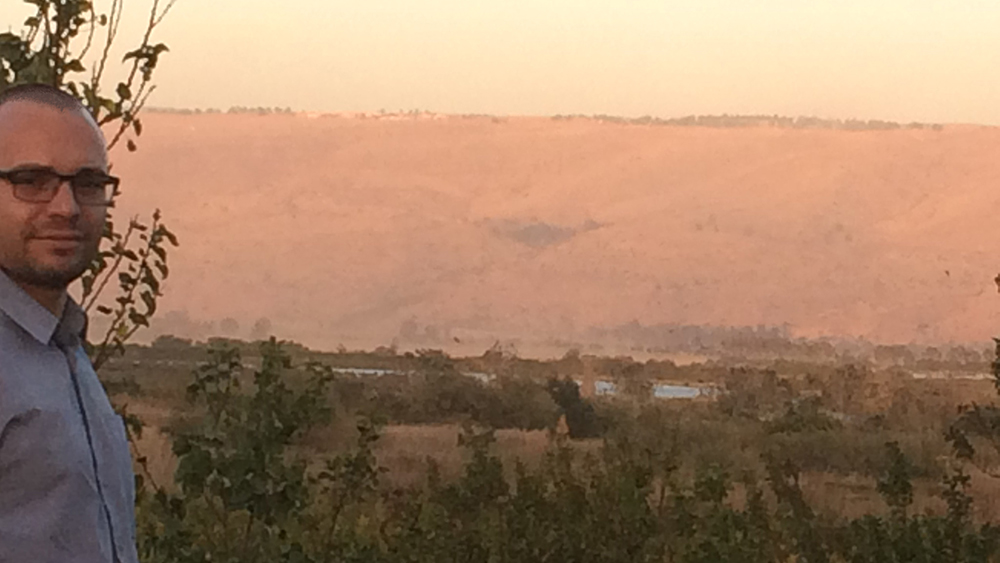
LAKE MEROM AREA; WHERE BATTLE TOOK PLACE
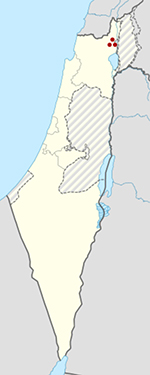

ISRAELI TANK; THE MODERN CAVALRY
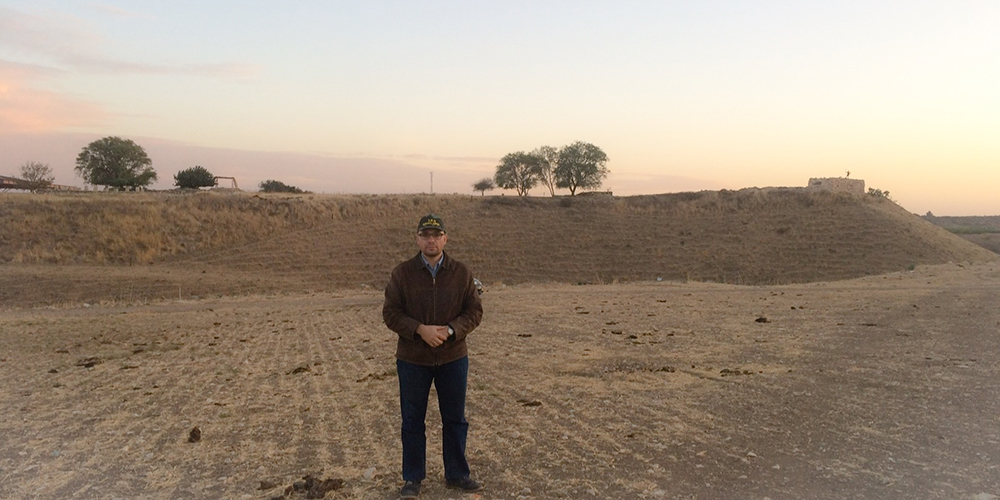
TEL HAZOR; FORTHRESS CITY CONQUERED BY JOSHUA AFTER VICTORY AT MEROM
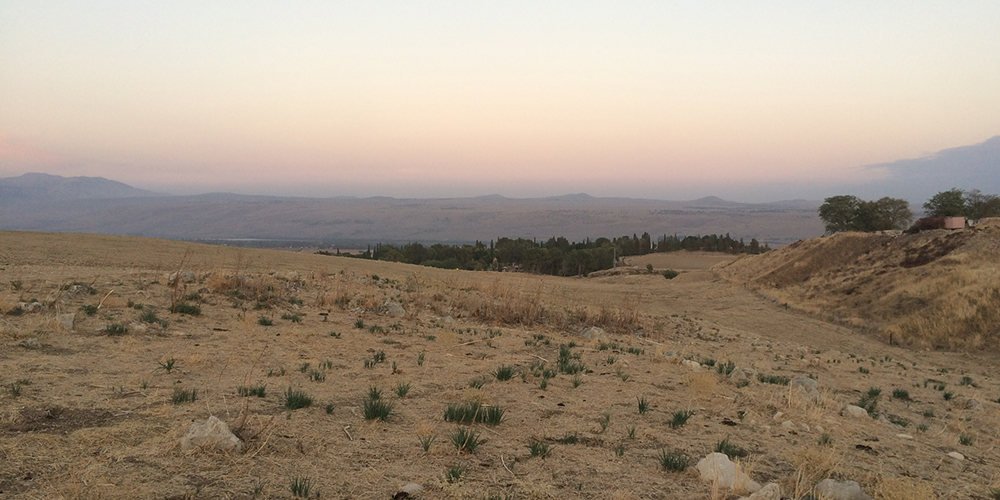
APPROACH TO TEL HAZOR; ROUTE JOSHUA’S VICTORIOUS ARMY MAY HAVE USED TO APPROACH THE CITY
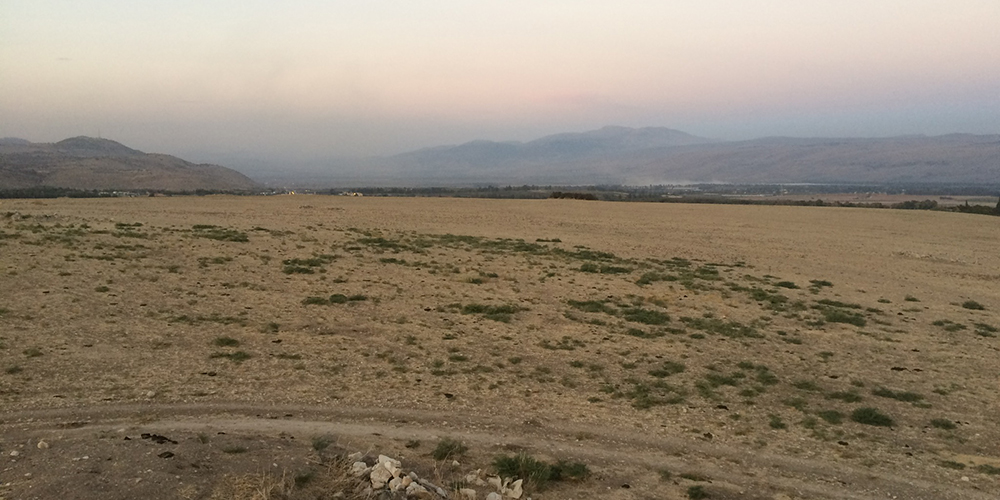
BATTLEFIELD IN FRONT OF TEL HAZOR; HAS PROBABLY NOT CHANGED MUCH IN THE LAST 3,500 YEARS.
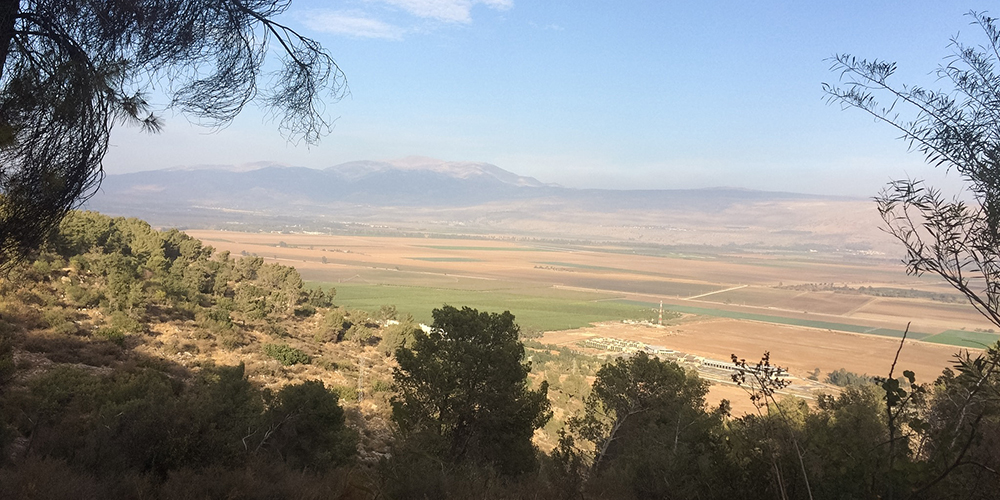
JOSHUA ADVANCED NORTHWARD TO VALLEY OF LEBANON UNTIL MOUNT HERMON AFTER VICTORY AT MEROM.
PEAK IN DISTANCE SITUATED BETWEEN SYRIA AND LEBANON.
BAAL GAD WAS A CANAANITE TOWN AT THE FOOT OF THE MOUNTAIN.
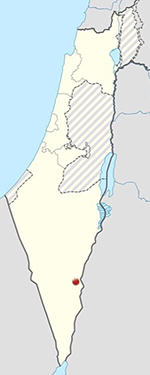

PARAN; PART OF THE ARABAH VALLEY; MAY REFER TO ENTIRE AREA BETWEEN JORDAN AND ISRAEL TODAY OR
(AS THE MODERN TERM DESCRIBES) JUST THE SOUTHERN AREA SOUTH OF THE DEAD SEA (IN THE PICTURE).
 WORLD HISTORY TIMELINE at the Battle of Waters of Merom
WORLD HISTORY TIMELINE at the Battle of Waters of Merom
Events in History
Below is a history of the World timeline pertaining to the Ancient Middle East joined with the history of the Bible.
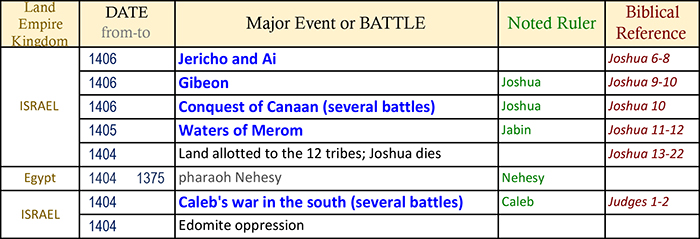
This world history timeline shows ancient calendars dates prior to 664 BC based on Rohl’s New Chronology. For a detailed explanation on the coherence of the Bible history timeline with other ancient history events please refer to our chapter “Chronological Discrepancies” for clarification.
[next time: “ANNIHILATION and OCCUPATION”]
- Unsaddled horses is a valid assumption as the animals would have been watered and resting for the night.
- It would not be until the end of David’s king them when Israel mastered the chariot as a weapon.
- We see this inability to master metal works at least up to the time of King Saul. Jonathan and his armour bearer they were the only ones in the entire army have sharp the Philistines.
